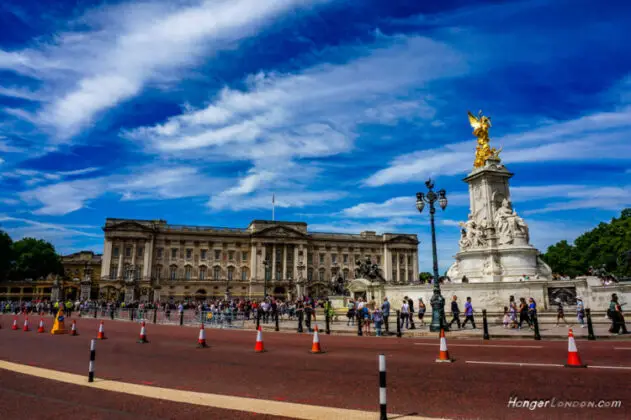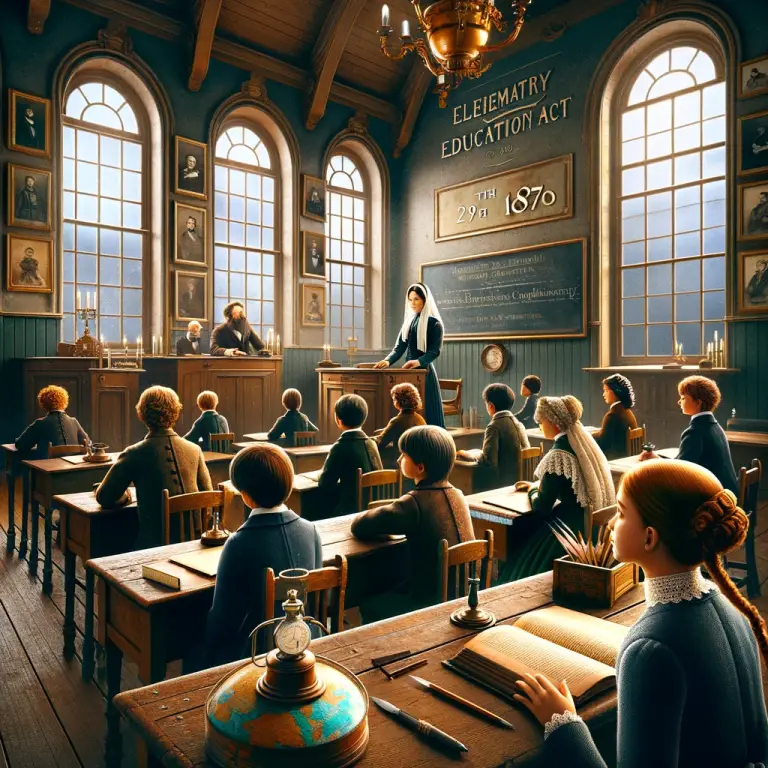On 29th April 1993, Buckingham Palace, the official residence of the British monarch, opened its doors to the public for the first time. This historic event marked a significant shift in the way the British royal family interacted with their subjects, allowing people to get a glimpse into the private lives of the royals and the grandeur of their home.
In this blog post, we’ll explore the history of Buckingham Palace, take a behind-the-scenes look at its State Rooms, provide tips for visiting, discuss the palace’s renovations and restorations, compare it to other royal residences around the world, and examine its significance today.
The History of Buckingham Palace: From Private Residence to Public Attraction
Buckingham Palace has a long and storied history dating back to the early 18th century. Originally known as Buckingham House, it was built in 1703 as a private residence for the Duke of Buckingham. The house was purchased by King George III in 1761 as a private retreat for his wife, Queen Charlotte, and their growing family. Over the next few decades, the palace underwent a series of renovations and expansions, including the addition of the iconic central balcony in 1851.
It wasn’t until Queen Victoria’s reign in the 19th century that Buckingham Palace became the official residence of the British monarch. Victoria moved into the palace in 1837 and oversaw extensive renovations, including the construction of the East Wing and the Ballroom. Today, the palace spans 775 rooms and has become a symbol of British monarchy and tradition.
Exploring the State Rooms: A Behind-the-Scenes Look at Buckingham Palace
The State Rooms of Buckingham Palace are some of the most impressive and opulent spaces in the world. Visitors can take a tour of the State Rooms, which are open to the public during the summer months. The tour includes access to the Throne Room, the Picture Gallery, and the White Drawing Room, among others.
Each room is adorned with ornate decorations, including gilded ceilings, chandeliers, and exquisite artworks. The Throne Room is particularly impressive, featuring gold and crimson silk damask walls and thrones used by the Queen and the Duke of Edinburgh on ceremonial occasions. The Picture Gallery contains some of the most prized pieces from the royal art collection, including works by Rembrandt and Rubens.
A Day at Buckingham Palace: What to See and Do on Your Visit
Visiting Buckingham Palace can be a once-in-a-lifetime experience, and there’s no shortage of things to see and do. In addition to touring the State Rooms, visitors can take a walk around the palace’s stunning gardens, which cover over 39 acres. The gardens are home to a lake, a summerhouse, and even a tennis court!
If you’re interested in learning more about the royal family, you can also visit the Royal Mews, where you can see the State vehicles used by the Queen and other members of the family. The Queen’s Gallery is also worth a visit, featuring changing exhibitions of artworks from the royal collection.
The Changing Face of Buckingham Palace: A Look at Its Renovations and Restorations
Maintaining a palace as grand as Buckingham Palace is no small feat, and over the years, the palace has undergone numerous renovations and restorations. In recent years, a major renovation project was launched to update the palace’s aging infrastructure and improve accessibility for visitors.
The renovation project, which is expected to take ten years to complete, includes replacing electrical wiring and plumbing, upgrading the palace’s heating system, and installing a new lift. The project is also incorporating sustainability measures, such as installing solar panels and a rainwater harvesting system.
Royal Residences: Comparing Buckingham Palace to Other Royal Palaces Around the World.
Buckingham Palace is just one of many royal residences around the world, each with its own unique history and style. For example, Versailles in France is famous for its grandeur and opulence, while Sweden’s Drottningholm Palace is a well-preserved example of 18th-century architecture.
Comparing these palaces can provide insight into different cultural and historical contexts, as well as the role of royalty in different countries. It’s fascinating to see how each palace has been shaped by its own history and the preferences of the royal family who inhabited it.
Buckingham Palace Today: How It Continues to Serve as a Symbol of British Monarchy
Today, Buckingham Palace continues to be an important symbol of the British monarchy and tradition. While it no longer serves as the primary residence of the Queen, it is still used for official events and ceremonies, including the Changing of the Guard and the Trooping of the Colour.
In recent years, the palace has also become an increasingly popular tourist attraction, drawing visitors from around the world. By opening its doors to the public, Buckingham Palace has become more accessible and has helped to demystify the royal family for many people.
Closing Thoughts and Location
Buckingham Palace is a remarkable monument to the history and tradition of the British monarchy. From its humble beginnings as a private residence to its current status as a public attraction, the palace has undergone many changes over the years. However, it remains an enduring symbol of the power and prestige of the British monarchy, and a must-see destination for anyone interested in history and architecture.




